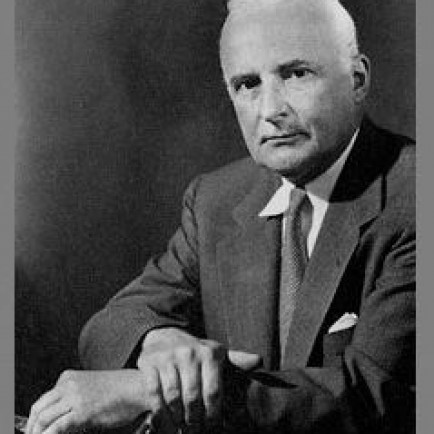Skidmore, Owings and Merrill

Design and history
Plans for a large Islamic center in New York were originally
drawn up in the late 1960s as the first cultural center occupied a location at
1 Riverside Drive by 72nd Street.[1] The first Islamic Center started
functioning on a small scale from a modest townhouse at that address. However,
the board of trustees later aspired to build a new larger center in a way
suiting its prestigious position in the community, and to be one of the
landmarks of New York City.[1] Later, an overall project comprising a mosque, a
school, a library, a museum, and a lecture hall, were planned out. After years
of delays which included raising funds from Muslim countries, a prolonged
process of relocating tenants, and the eventual demolition of the buildings on
the site; construction of the Islamic Cultural Center began in October 1984.
Construction of the associated mosque began on May 28, 1987,
the day which corresponded to the end of Ramadan.[3] The cornerstone of the
minaret was laid on September 26, 1988.
Construction was delayed during the Iraqi Invasion of Kuwait
and the First Gulf War.[5] The mosque opened on April 15, 1991, for the feast
of Eid ul-Fitr.[6] In the end, more than 46 Muslim countries made contributions
toward the $17 million construction cost of the mosque.
Today, like most mosques, the mosque at the Islamic Cultural
Center of New York is oriented toward Mecca at a heading of 58°.[8]
Consequently, the building is rotated 29° from Manhattan's north-south street
grid,[9] which in turn is rotated 29° from due north-south. The precise
calculation of the direction from New York to Mecca was based on the great
circle that produces the shortest distance between the two cities.[8] As with
many mosques, the direction of Mecca is marked inside by a niche on the wall,
known as the mihrab.[10][failed verification] Placed in the center of the large
room, the mihrab is ornamented with a large design. Additionally, next to the
mihrab is the minbar, which is a staircase from which the imam leads prayer.

